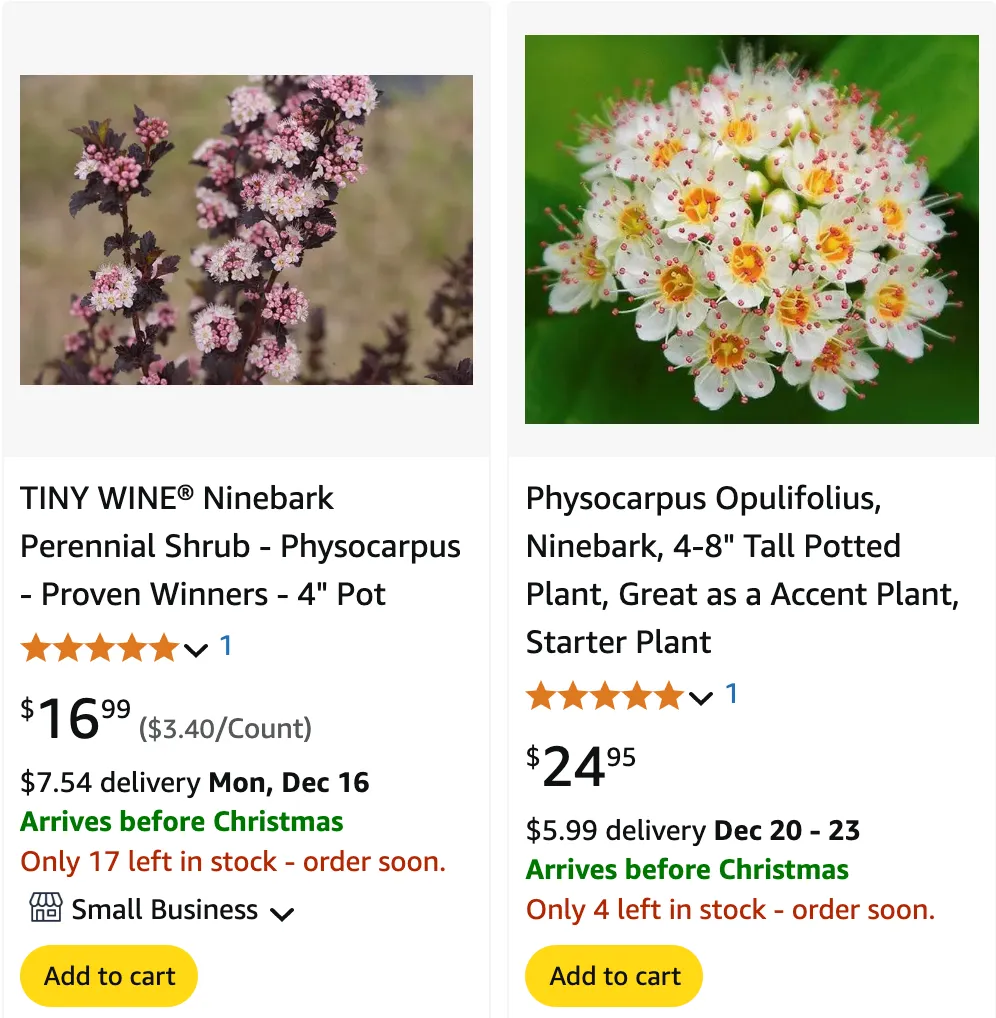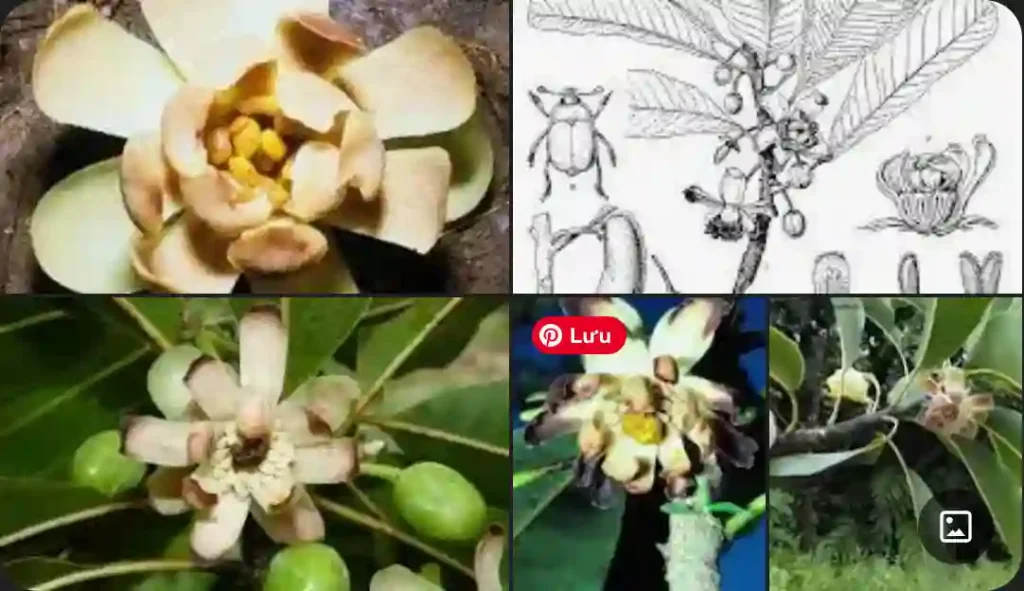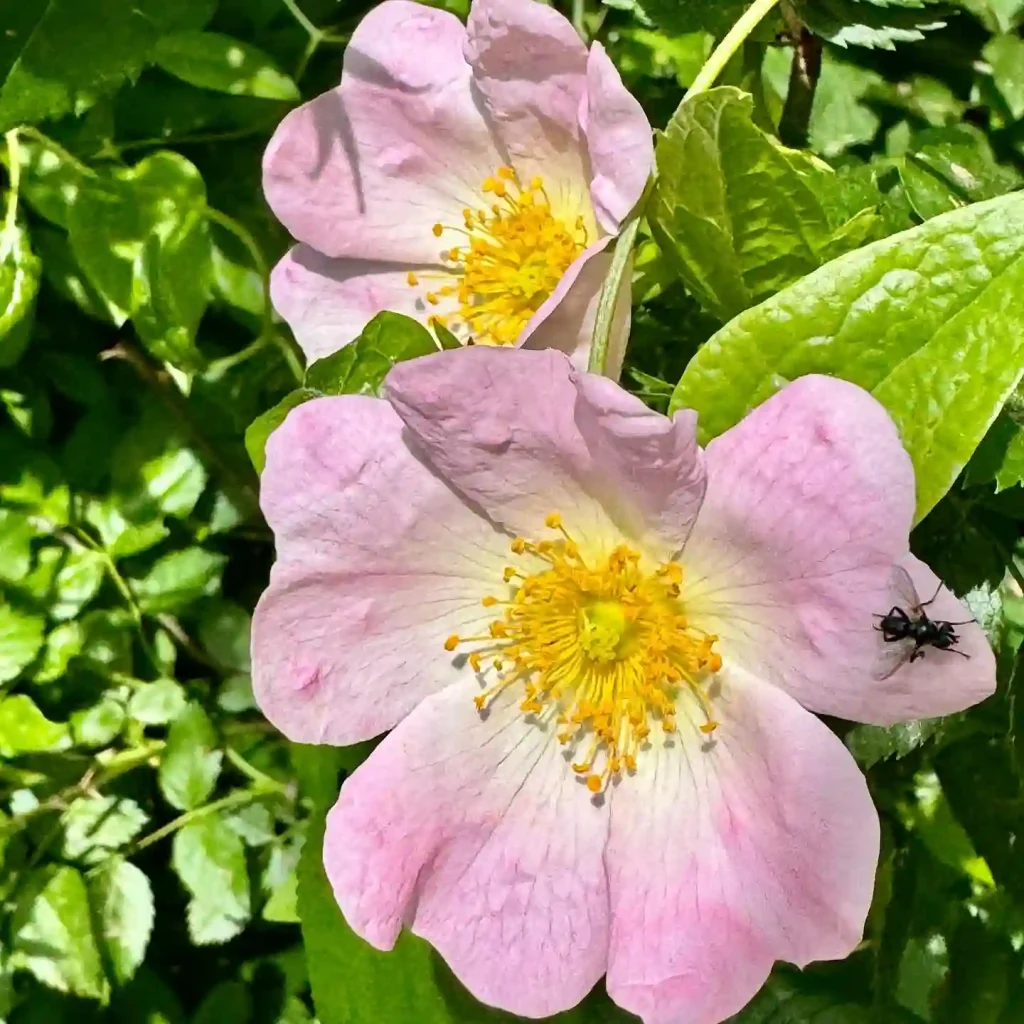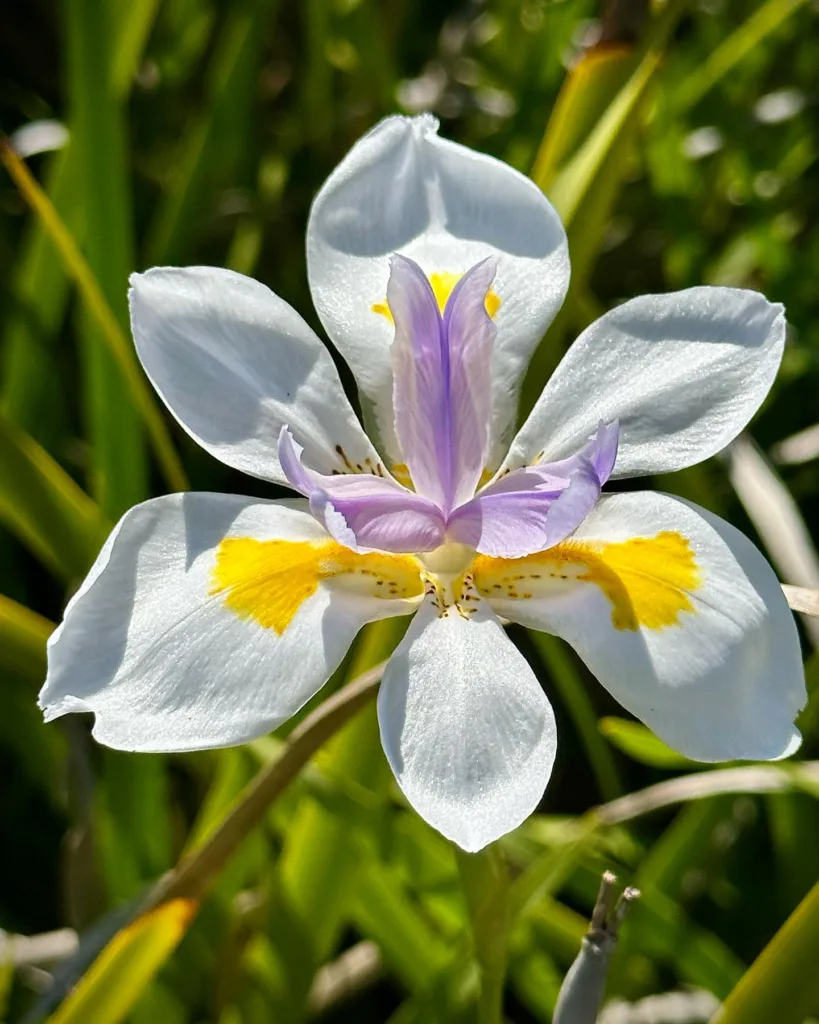
April 24 – Physocarpus
"Physocarpus, the ninebark, represents April 24."
Physocarpus symbolizes resilience and beauty in diversity. You embrace your unique qualities and find strength in your differences. Like its distinctive bark that peels away to reveal a new layer, you continuously evolve, growing stronger with time. Your vibrant spirit inspires those around you to embrace their own individuality and transformation.
My Fascination with Physocarpus (Ninebark)
Hi, I’m Ferb Vu, and I’ve always been drawn to the unique beauty of the plant genus Physocarpus, commonly known as ninebark. These deciduous shrubs, members of the Rosaceae family, are native to North America and northeastern Asia. They possess an intriguing charm that stems from their exfoliating bark, vibrant foliage, and delicate flowers. Let me share with you why I find these plants so captivating.
The Allure of Exfoliating Bark
One of the most striking features of Physocarpus is their bark. As the shrub matures, the bark peels away in thin layers, revealing a mosaic of colors underneath. This exfoliating characteristic not only adds visual interest to the plant but also provides a tactile experience. Running my hand along the smooth, newly revealed bark or peeling off a strip of the older layers is a sensory delight. This unique feature is also where the common name “ninebark” originates, as the bark appears to have multiple layers, like nine different barks.
A Kaleidoscope of Foliage
Physocarpus boasts a diverse range of foliage colors, making them a versatile choice for any landscape. The leaves are typically palmate, with 3 to 7 lobes and serrated edges. While the species typically has green leaves, many cultivars offer stunning shades of purple, yellow, and orange. Imagine the ‘Diabolo’ cultivar, with its deep burgundy foliage creating a dramatic contrast against the backdrop of green shrubs. Or picture the ‘Dart’s Gold’ cultivar, illuminating the garden with its bright golden leaves. The possibilities for creating a vibrant tapestry of colors are endless with Physocarpus.
Delicate Blooms and Fruit
In late spring to early summer, Physocarpus shrubs grace us with clusters of delicate flowers. These bell-shaped blooms, typically white or pink, attract pollinators like bees and butterflies. The flowers then give way to interesting fruits – inflated, bladder-like follicles that add another dimension of visual appeal to the plant. These fruits often change color as they mature, transitioning from green to reddish hues, further enhancing the shrub’s ornamental value.
A Hardy and Adaptable Plant
Beyond their aesthetic appeal, I appreciate Physocarpus for their hardiness and adaptability. They are relatively low-maintenance plants that can tolerate a wide range of soil conditions and sunlight exposures. Whether planted in full sun or partial shade, in clay or well-drained soil, these resilient shrubs thrive with minimal care. Their drought tolerance makes them a sustainable choice for water-wise gardening, and their resistance to pests and diseases ensures their longevity in the landscape.
Exploring the Diversity of Physocarpus
The genus Physocarpus encompasses a variety of species, each with its own unique characteristics:
- Physocarpus opulifolius: This is the most common species, often referred to as common ninebark. It is native to eastern North America and offers a wide range of cultivars with varying foliage colors. Plant FAQs: Common Ninebark – Physocarpus Opulifolius
- Physocarpus capitatus: Also known as Pacific ninebark or western ninebark, this species is native to the western regions of North America. It typically has white flowers and is well-suited for moist environments. Plant FAQs: Physocarpus Capitatus – Pacific Ninebark
- Physocarpus amurensis: This species hails from northeastern Asia and is characterized by its smaller leaves and more compact growth habit.
- Physocarpus malvaceus: Known as Mallow ninebark, this North American species has a more rounded growth habit and is often found in mountainous regions.
- Physocarpus alternans (M.E.Jones) J.T.Howell
- Physocarpus intermedius (Rydb.) C.K.Schneid.
- Physocarpus monogynus (Torr.) J.M.Coult. Plant FAQs: Physocarpus Monogynus
My Connection with Physocarpus
My appreciation for Physocarpus goes beyond their ornamental value. I admire their resilience, their ability to thrive in diverse conditions, and their contribution to the ecosystem by providing habitat and food for wildlife. These shrubs embody the beauty of nature’s adaptability and remind me of the importance of embracing change and diversity. Whether I’m admiring their exfoliating bark, their vibrant foliage, or their delicate blooms, Physocarpus never fails to inspire me with its unique charm and resilience.
If i die, water my plants!



